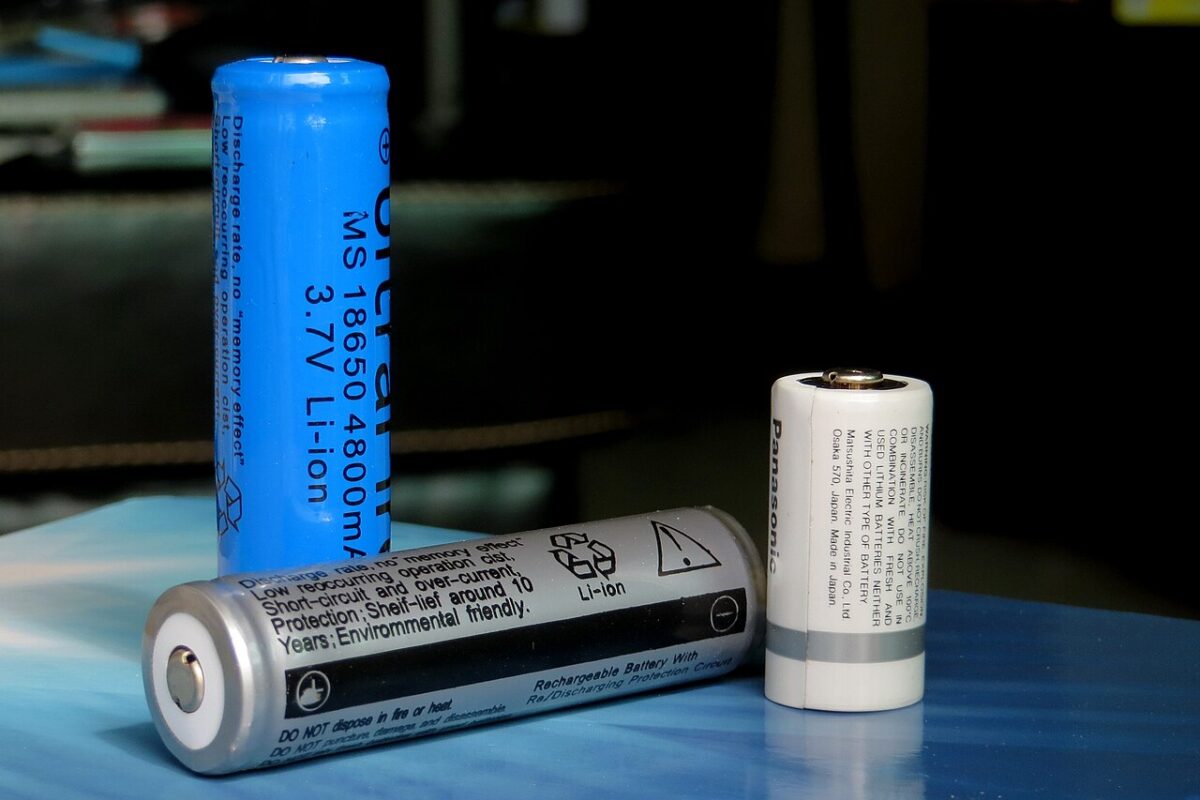Researchers at the New York University (NYU) have fabricated a perovskite solar cell using a doping technique based on carbon dioxide (CO2), rather than more commonly used oxygen doping.
The scientists described the common p-type doping process based on oxygen as one of the key hurdles to remove to bring perovskite closer to commercial production, as this technique is particularly time consuming; often requiring at least several hours to spread oxygen into a hole transporting layer of a perovskite cell.
The process, which aims to increase the electrical conductivity of cell interlayers, consists of exposing the hole transport layer (HTL) based on Spiro-OMeTAD blended with lithium bis(trifluoromethane)sulfonimide (LiTFSI) films to air and light. Spiro-OMeTAD is the most common organic semiconductor used for hole-transport material in perovskite solar cells and LiTFSI is a hydrophilic lithium salt that is widely used as a p-dopant for Spiro-OMeTAD.
The implementation of this technique, on top of being dependent on ambient conditions, may often result in leftover unreacted reactants or detrimental by-products in the layer itself, the researchers stated.
CO2 bubbling
Through their novel approach, the US group pre-doped spiro-OMeTAD molecules by bubbling the spiro-OMeTAD:LiTFSI solution with CO2 for one minute and under ultraviolet light. The CO2-bubbled spiro-OMeTAD:LiTFSI films were incorporated in the cell as the HTL, and the cell performance was compared to that of a similar solar cell using O2-treated spiro-OMeTAD:LiTFSI films.
The latter showed an efficiency of 17.3%, an open-circuit voltage of 1.14 V, a short-circuit current density of 20.9 mA cm2 and a fill factor of 0.74. The former, by contrast, exhibited an efficiency of 19.1%, an open-circuit voltage of 1.14 V, a short-circuit current density of 21.2 mA cm2 and a fill factor of 0.79.
According to the scientists, the CO2-bubbled spiro-OMeTAD:LiTFSI also showed a conductivity that is around five times higher than that of O2-bubbled spiro-OMeTAD:LiTFSI. “The CO2 treated film also resulted in stable, high-efficiency perovskite solar cells without any post-treatments,” they further explained, noting that the O2-treated cells need post-process exposure to air to see their efficiency slightly increase.
“Besides shortening the device fabrication and processing time, application of the pre-doped spiro-OMeTAD in perovskite solar cells makes the cells much more stable,” explained NYU researcher Jaemin Kong. “That’s partly because most of the detrimental lithium ions in the spiro-OMeTAD:LiTFSI solution were stabilized as lithium carbonates during the CO2 bubbling process.”
The novel technique, which is also claimed to be able to sequester the CO2 used for its implementation, is described in the paper CO2 doping of organic interlayers for perovskite solar cells, which was recently published in nature. The research team included researchers from Samsung, Yale University, Korea Research Institute of Chemical Technology, Graduate Center of the City University, Wonkwang University, and the Gwangju Institute of Science and Technology.
This content is protected by copyright and may not be reused. If you want to cooperate with us and would like to reuse some of our content, please contact: editors@pv-magazine.com.




Thank you very much for your wonderful articles. It’s always in the form where a person with zero knowledge in physics can make a sense.. Appreciate..